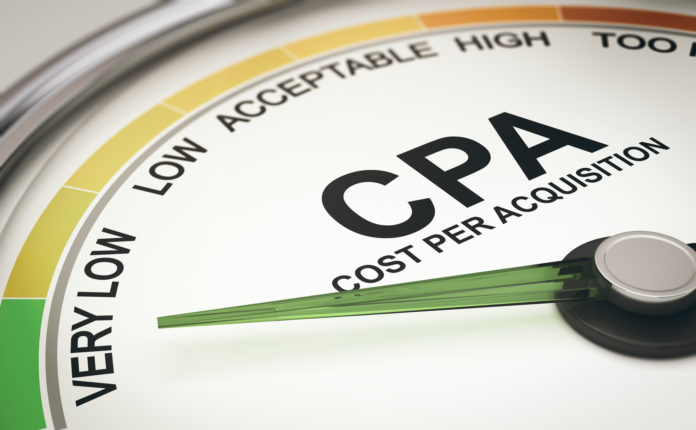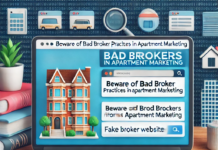How to Understand Your CPA
- Consider a widget that you sell for $100
- The widget costs your company $30 to make in raw materials or purchase wholesale
The remaining $70 is generally considered your gross profit, but there are more underlying operational expenses. Frequently, we see clients that earmark a desired profit. In this example, let’s presume a 25% “true profit”. So, on a $100 product, that is another $25. Now, you’ve paid for the underlying product and achieved a desired profit margin. Is the remaining $45?
Companies have other overhead, such as rent, employees, taxes, etc. The cost of your products should cover these expenses. So, let’s assume of the remaining money, $15 per product sold is allocated towards these “keep the lights on” expenses. Now, there is $30 left, you’ve paid for the product, paid your employees, paid your rent and need to find new customers. Fortunately, you now have your CPA. Your company can afford to pay $30 per customer to create a profitable product line.
- Purchase Price: $100
- Cost of Product: $30
- True Profit: $25
- Operations/Company Overhead: $15
- CPA: $30
At this point, digital marketers know how much your company can afford to pay for leads and drive new customer growth. From here, generally our team is armed with what it takes to evaluate how successful paid search marketing would work. For example, we’d look at how much it costs (via Google Ads or other platforms) to bid on a click for someone searching for relevant terms (e.g., “Widgets for Sale”). Then, we take our industry experience (as each sector differs) and make some assumptions about how many of those clicks will turn into sales. If we think we can turn 1% of clicks into sales, then we need (on average) 100 clicks to sell that widget. Because we know we can spend no more than $30 selling this particular widget, we know we can’t bid any more than $30.00 / 100, or $0.30 per click. If we can find relevant keywords at that cost, then we would suggest that campaign to the client. If not, we understand that it’s probably not a business-sensible approach.





